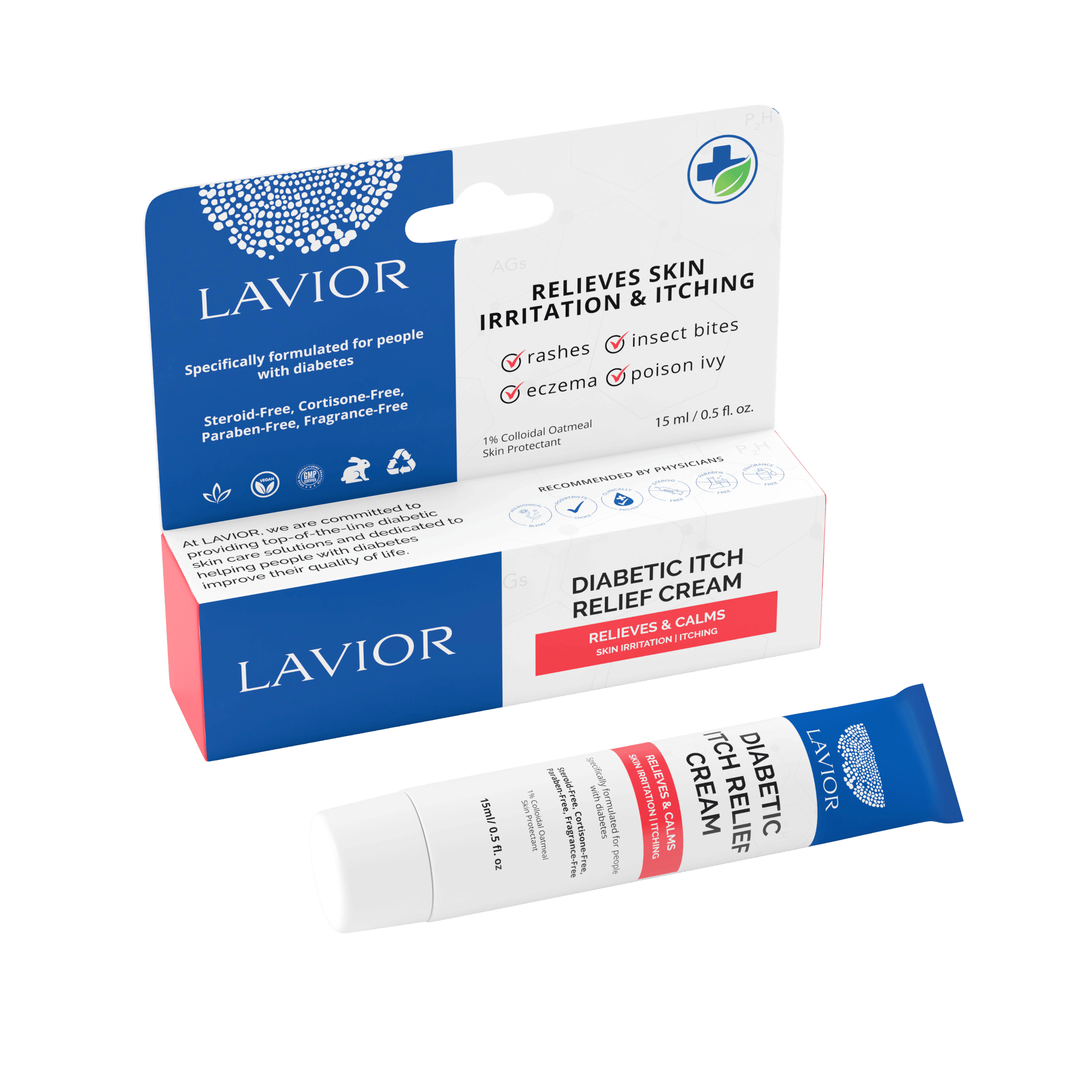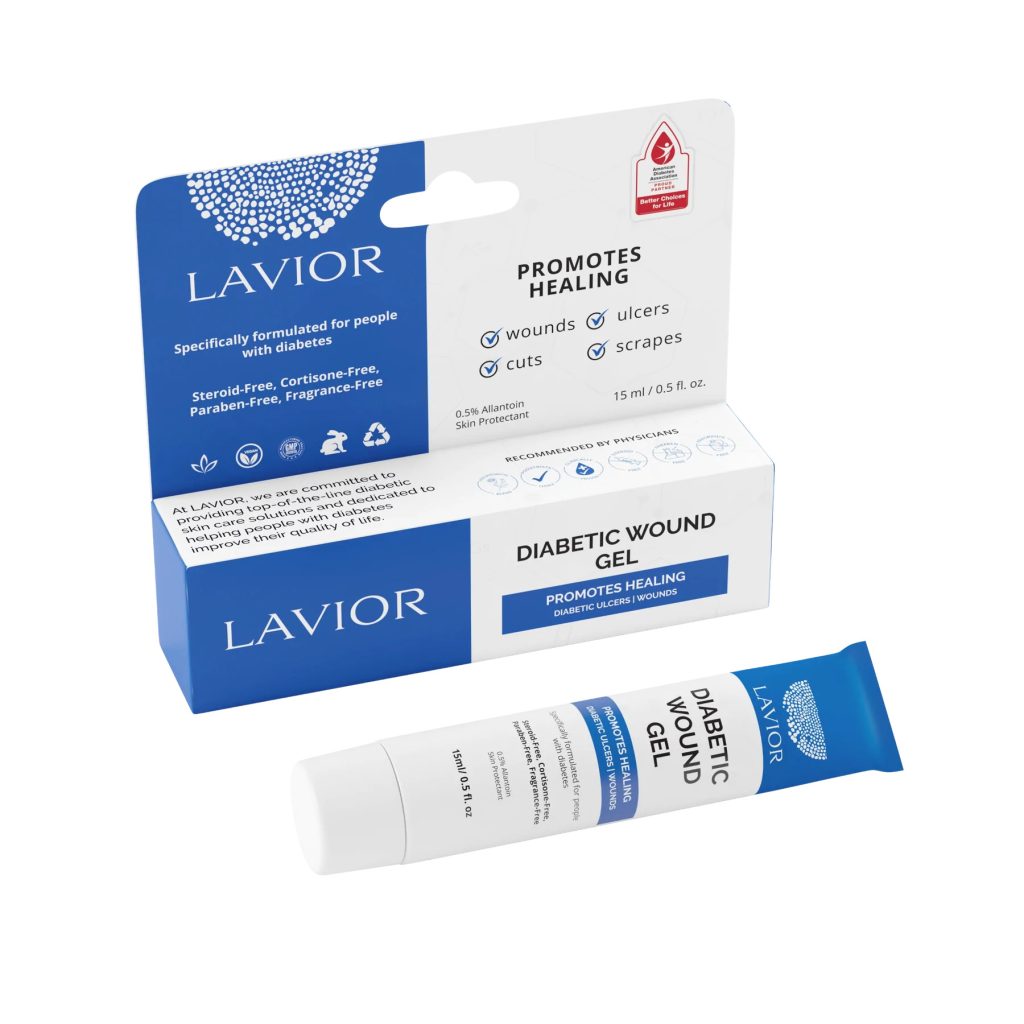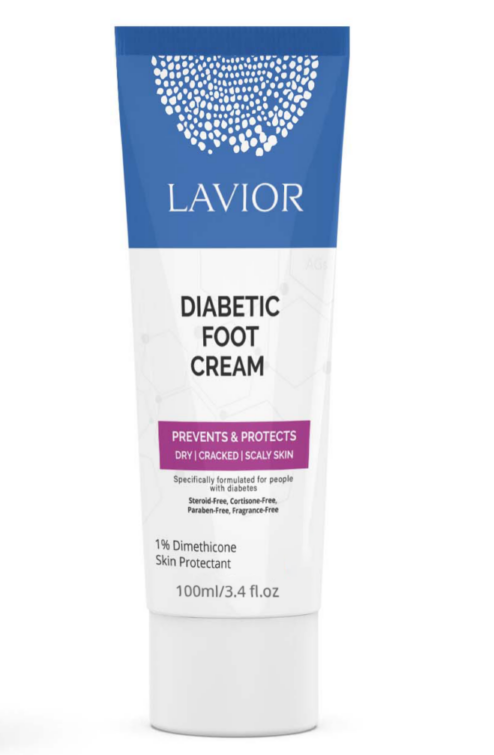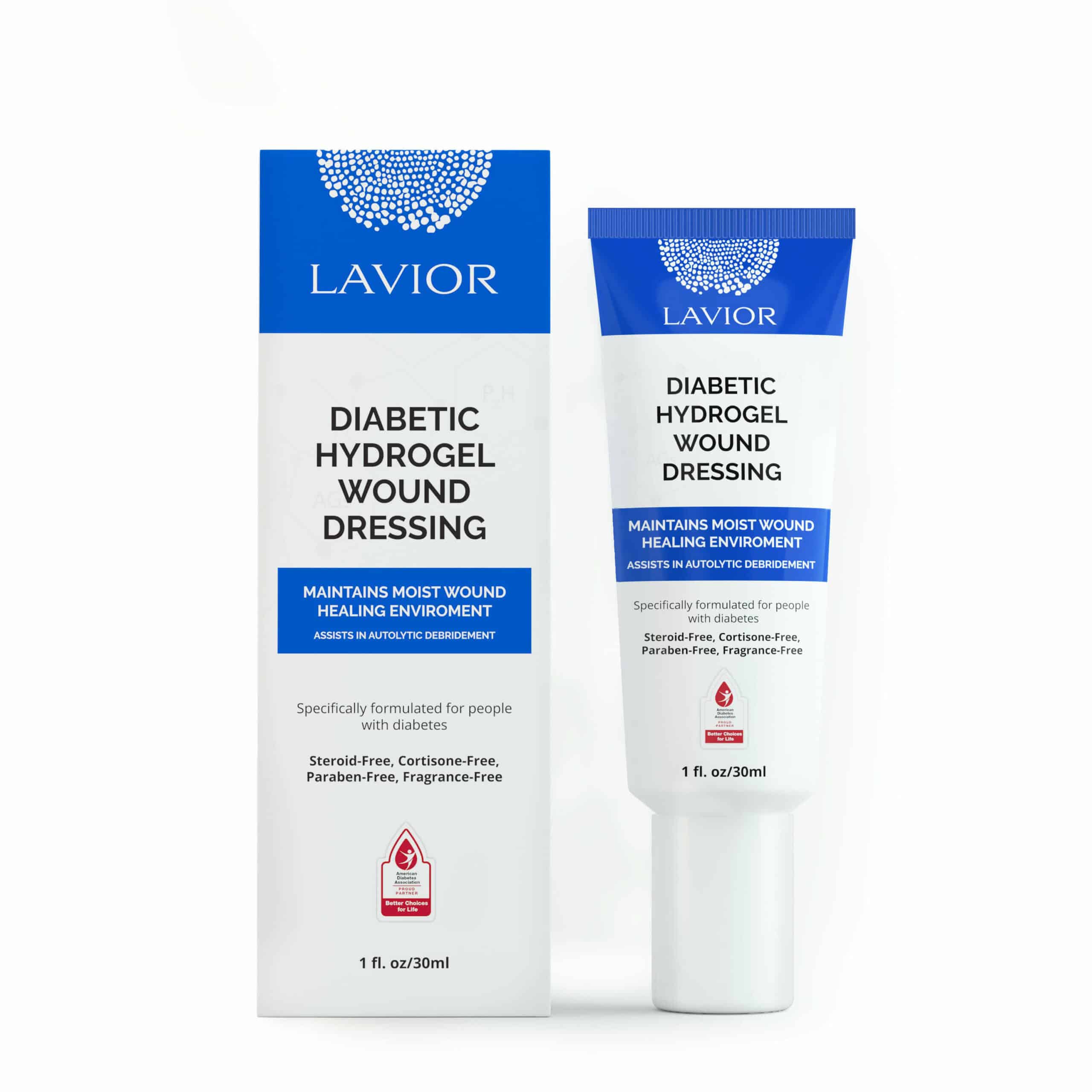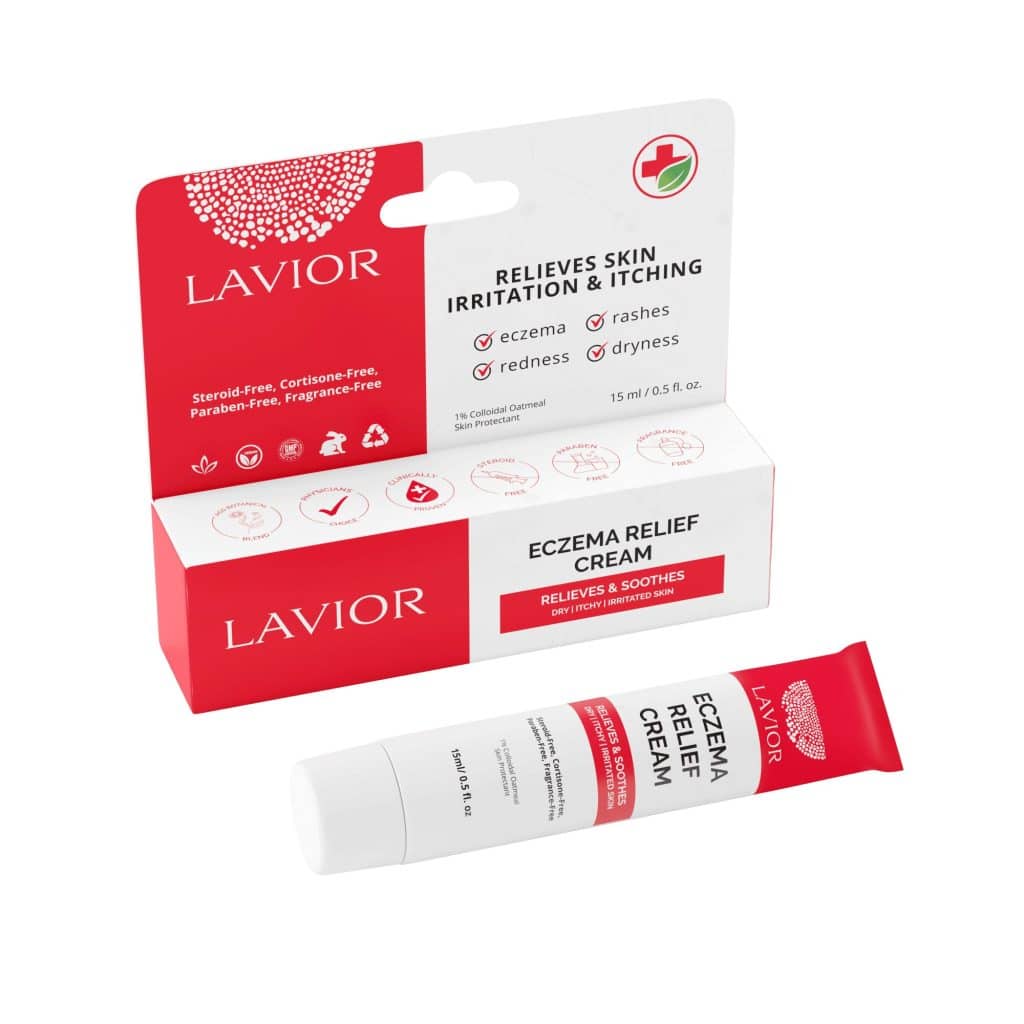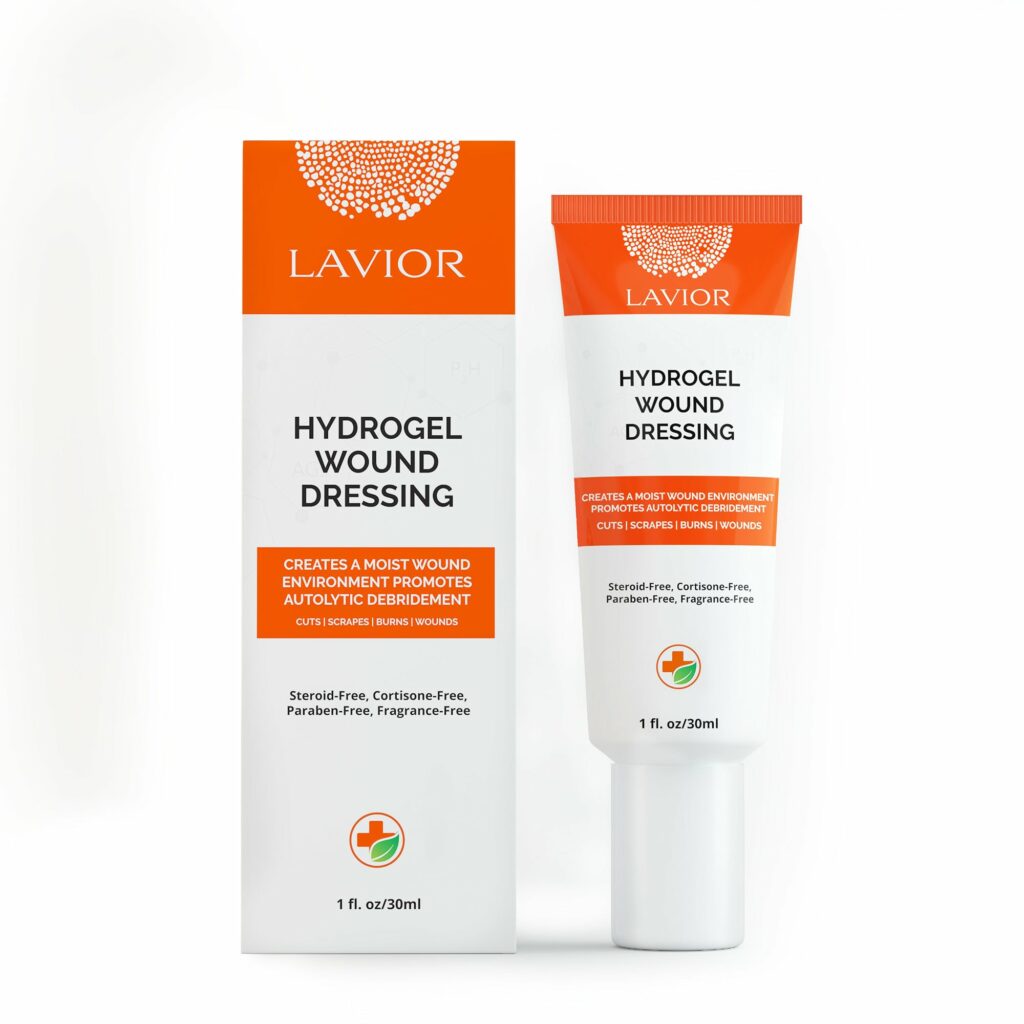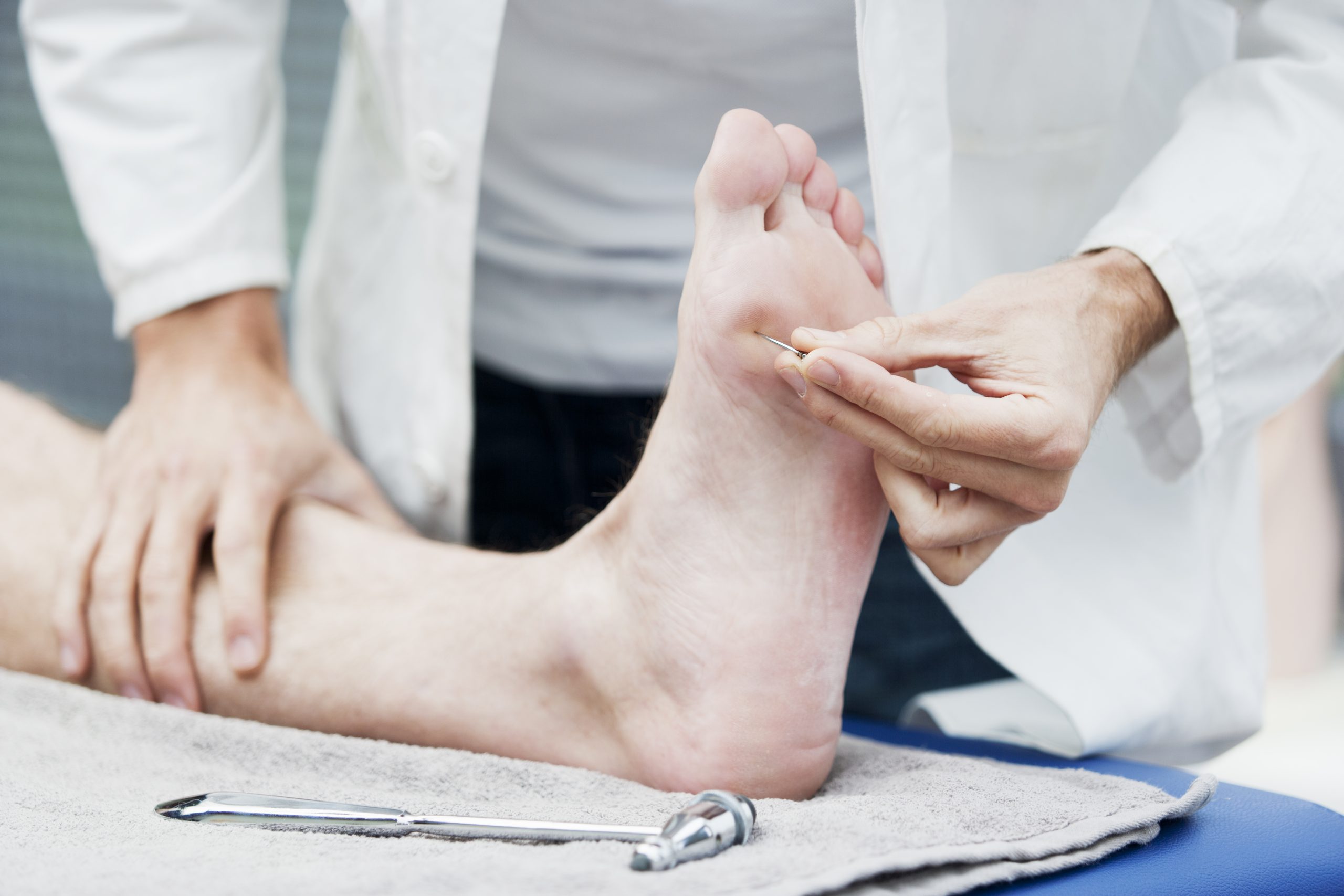Diabetes affects many things in the life of the individual suffering from it, but one of its most common complications is diabetic wounds and pressure sores. This is one reason why diabetics need to be extra careful. The feet in particular are most affected by diabetes, and such individuals often experience things like bunions, nail disorders, and poor blood flow.
Here are 5 things you didn’t know about diabetic wounds:
Pressure Sores and Foot Ulcers Are The Most Common Wound
Pressure sores and foot ulcers are the most common wound for people who have diabetes. 15% of diabetics will develop a foot ulcer at some point, so it’s important to take proper care of the feet and pay attention to changes. Inspect your feet on a daily basis.
Wounds Heal Far Slower In Diabetics Due to Adema
Even something as small as an ulcer or a blister can wreak havoc on somebody who has diabetes. Narrowed blood vessels mean decreased blood flow and oxygen to a wound.
The elevated blood sugar level decreases the function of red cells that carry nutrients to tissue, and this lowers the efficiency of white blood cells that fight infection. This can be extremely dangerous, which is why a wound should be taken care of as soon as it is discovered.
Patients Can Develop A Loss Of Sensation
This is called diabetic neuropathy, and it happens when glucose levels are uncontrolled. Nerves in the body are affected by this and patients lose sensation, which makes it hard for them to notice a developing problem. They cannot feel a developing blister, infection, or even a surgical wound problem. This means that the severity can progress and there may be complications when healing – they often progress much faster than you think.
There’s A Deficiency In The Immune System And A Higher Risk Of Infection
Diabetes lowers the body’s defense system that fights infection, so those with the illness have much more chance of becoming infected. The high glucose level stops blood cells from functioning effectively. The raised risk of infection should always be considered, and this is why even the smallest of wounds should be taken care of by a trained professional.
There’s A Higher Risk Of Gangrene If Left Untreated
Not only is there a higher risk of infection, but there’s also a higher risk of something much more sinister. As there’s a higher risk of infection with diabetes, there’s also a higher risk of gangrene. There’s also more of a risk of developing things like Sepsis or a bone infection, which can be equally as devastating to the people going through it. Diabetes is the number one reason for limb amputation in the USA, and anywhere between 14-24 percent of people that have a foot ulcer need amputation.
Diabetes can actually cause serious wounds in a matter of days. Something as simple as your shoe rubbing you the wrong way could wreak havoc when you have diabetes.
Proactive Measures for Diabetics
Taking proactive measures is the only real way to make sure you don’t have to go through an amputation.
- Eat healthy, nourishing foods – this will help you to regulate your blood glucose, as well as provide essential vitamins including vitamin C to aid in faster healing.
- Be more aware of your body – this is especially important with diabetic neuropathy. Regularly check for open wounds and signs of infection.
- Keep pressure off wounds – this will help the wound to heal faster.
- Get regular aerobic exercise – this can reduce inflammation in the body and aid healing. It can also stop the risk of future wound development thanks to a healthier cardiovascular system.
- No smoking – this will improve circulation and other healthy responses in the body.
- Don’t ignore leg pain – this could mean you have a blocked artery, especially if you get little activity.
- Inspect your feet every day – have somebody else do it for you if you have poor eyesight. Look for skin and nail problems, as well as cuts and scrapes.
- Nail cutting – you will need to get your nails properly cut, especially if you have hard nails or problems with them.
- Don’t go barefoot – wear shoes whether you’re indoors or outdoors.
- Check your shoes and socks – always shake out your shoes before putting them on.
Lower leg examinations are recommended daily, and wounds should be taken care of by a trained professional ASAP.



